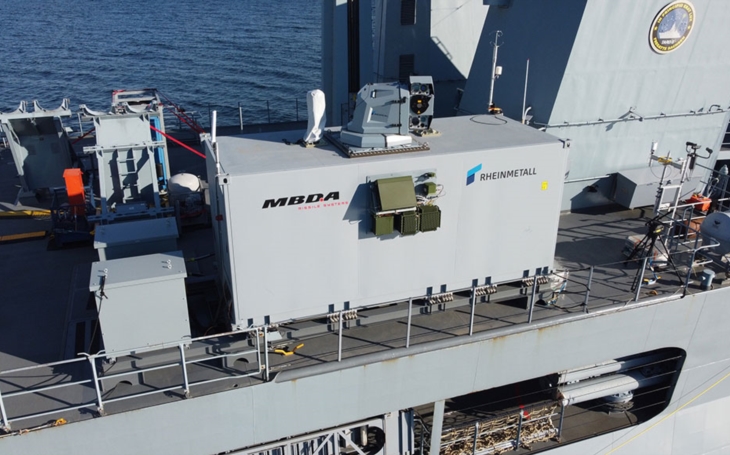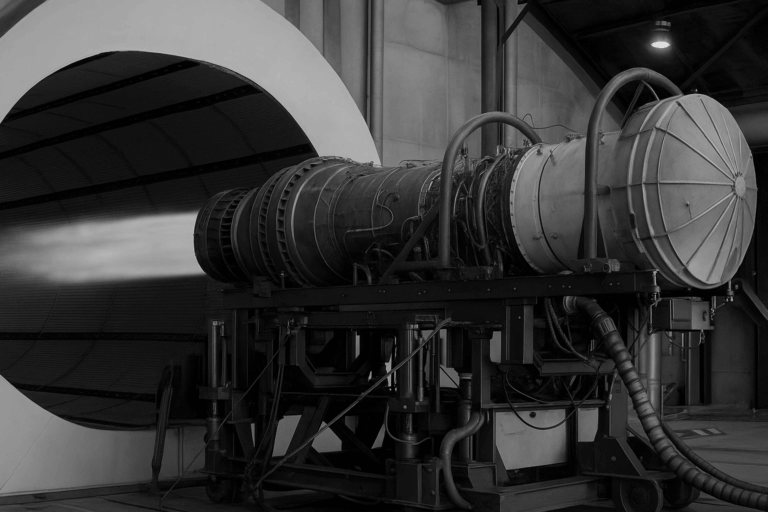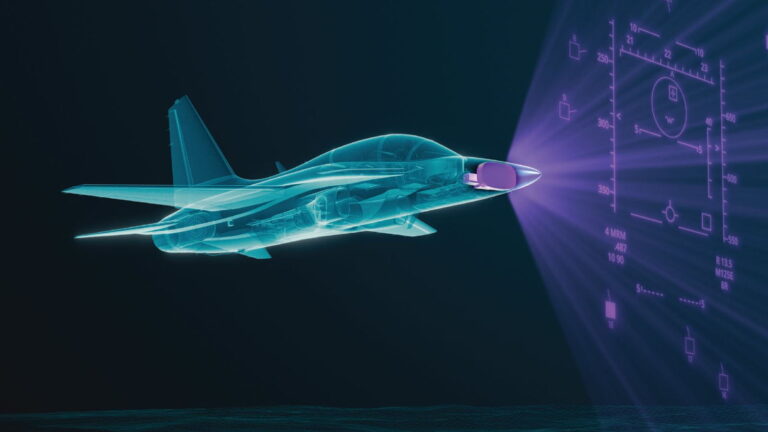
Rheinmetall and MBDA bring German high-energy laser technology to the threshold of real deployment. After more than one hundred live-fire tests, the system could reach full operational capability by 2029.
Directed Energy Enters the Arsenal
At the Bundeswehr’s WTD 91 test range in Meppen, Rheinmetall and MBDA Deutschland have commissioned their maritime laser demonstrator after a year of intensive sea trials on board the frigate SACHSEN.
The transfer marks a decisive step toward fielding a fully operational high-energy laser weapon system for the German Navy — a system that replaces explosive ordnance with pure energy.
The concept is clear: supplement conventional cannons and missiles with a weapon that reacts at the speed of light, provides surgical precision, and operates at minimal cost per shot.
From Demonstrator to Deployment
The containerised laser demonstrator proved its robustness and combat value during over 100 live-fire engagements and numerous tracking trials under genuine maritime conditions. These tests confirmed the system’s ability to detect, track, and destroy drones and other small, fast-moving targets — even “in front of blue sky”, without terrain backstops.
Now re-installed at Meppen’s Laser Competence Centre, the weapon enters its next phase: land-based trials for drone defence and further integration into naval command-and-control systems. Each successful step reduces the gap between prototype and deployable weapon.
Industrial Synergy – Designed and Made in Germany
The laser programme builds on a long-standing partnership between Rheinmetall and MBDA Deutschland, who have cooperated on directed-energy systems since 2019.
Their responsibilities are clearly divided yet mutually dependent:
- MBDA: target detection and tracking, control console, system integration with shipboard command networks.
- Rheinmetall: beam guidance, mechanical and electrical integration, laser container architecture, and the high-energy laser source itself.
This “Designed and Made in Germany” capability combines precision optics, advanced sensors, and decades of engineering expertise. The result is a scalable technology that offers instant, accurate, and low-cost response against drone swarms, fast attack craft, and close-range guided missiles. In the future, higher-power variants could engage supersonic missiles, rockets, or even artillery shells.
With operational readiness expected by 2029, Germany stands at the forefront of a strategic shift in naval warfare.
The directed-energy weapon is no longer science fiction — it is an imminent reality, transforming how modern navies will fight and defend in the decades ahead.
Photo credit: Rheinmetall






